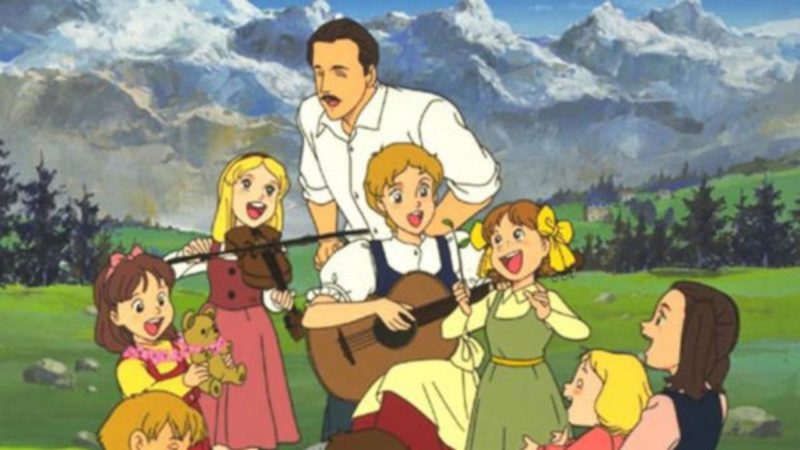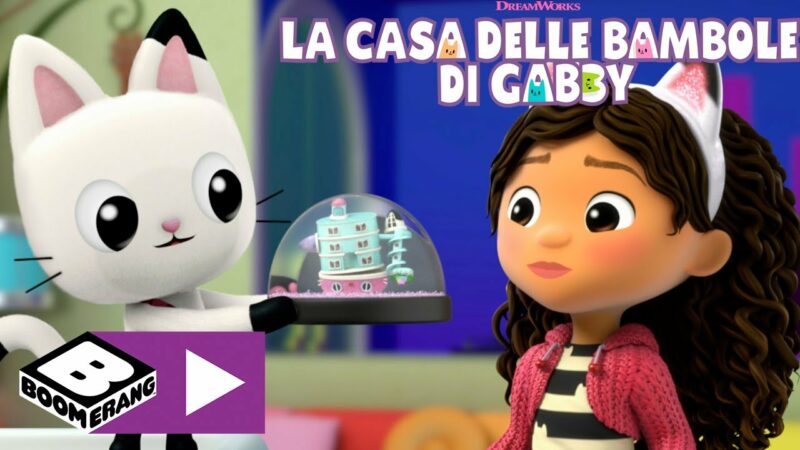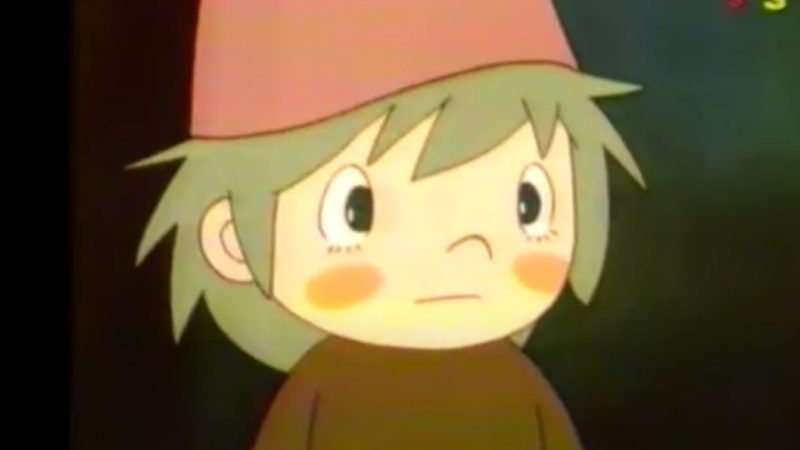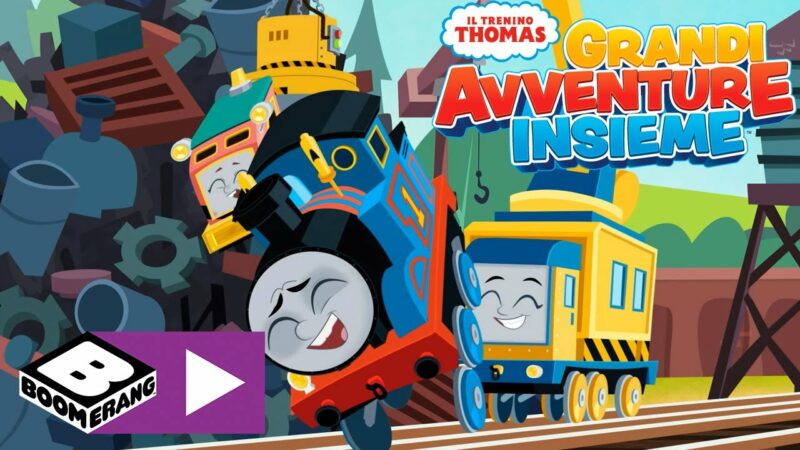Wingman - The 1984 animated series
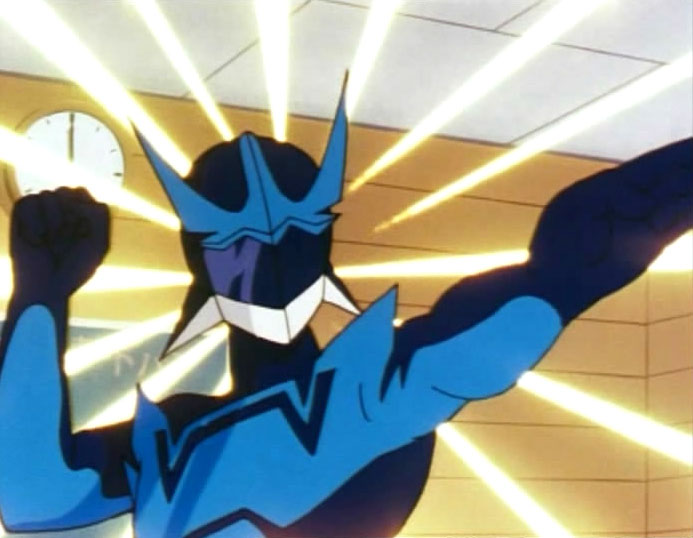
Wingman (ウ イ ン グ マ ン Uinguman?) Is a science fiction manga by Masakazu Katsura. Serialized for 13 volumes on Weekly Shōnen Jump, from 1983 to 1985, it was later adapted into a 47-episode animated series by Toei Animation. The anime arrived in Italy through Mondo Home Entertainment in 2002, and broadcast on various private broadcasters starting in 2006.
History

Wing-Man is the story of Kenta Hirono, a fan of superheroes and TV shows I felt to the point of dreaming of becoming such a hero himself. To this end, he creates his own superhero called "Wingman" and, much to the chagrin of his teachers, enacts his fantasies of being Wingman at school.
When Kenta meets Aoi Yume, the beautiful blue-haired princess from an alternate universe called Podreams, she gets a chance to fulfill her fantasy.
Aoi brings a book called Dream Note that can make any dream come true, and Kenta draws an image of Wingman in the book, which allowed him to truly become Wingman.
Kenta, Aoi and Kenta's classmate and love interest Miku Ogawa team up to save Podreams from the evil dictator Rimel, who wants to use the Dream Note to take over Podreams, while Kenta faces her conflicting feelings for both of her compatriots. .
Characters
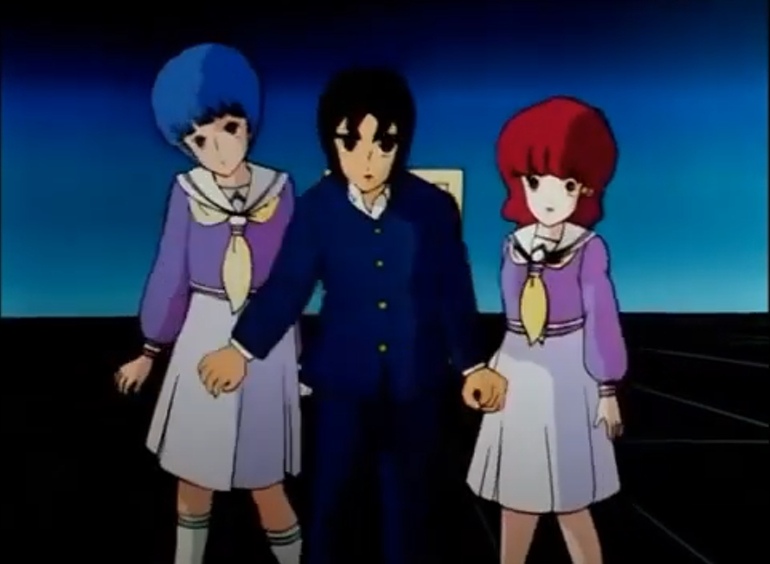


Kenta Hirono (広 野 健 太 Hirono Kenta?) / Wingman (ウ イ ン グ マ ン Uinguman?)
Voiced by: Ryō Horikawa (Japanese ed.), Sergio Luzi (Italian ed.)
The protagonist of the series. He is a young boy who dreams of becoming a superhero, like those whose exploits he loves to read in comics or those he invents and draws. His passion is so great that it led him to create a real themed costume, which he baptized "Wingman". One day he meets Aoi Yume, the princess of the dream kingdom Botorem, who through her "dream note" decides to make Kenta's dream come true. From that moment Wingman was born, the champion of justice, with the mission to save both the Earth and Botorem from the evil nightmare sorcerer Rimeru. He is a straightforward person and very determined in what he does.
Miku Ogawa (小川 美 紅 Ogawa Miku?)



Voiced by: Naoko Watanabe (Japanese ed.), Monica Ward (Italian ed.)
The graceful princess of the dream kingdom Botorem. She is the one who made Kenta's dream come true through the “dream note”, a notebook with the ability to fulfill any desire drawn on it. He asks Wingman for help in defending his homeland from Rimeru. She is an emotional, strong and loud girl, but who will mature a lot over the course of history and end up being almost an older sister to her friends.
Aoi Yume (夢 あ お い Yume Aoi?)
Voiced by: Yōko Kawanami (Japanese ed.), Beatrice Margiotti (Italian ed.)
Kenta's childhood friend, she will also ally herself in the noble mission of Wingman. He belongs to the rhythmic gymnastics club and is therefore very agile. She is a burikko, that is, a person with a childish but false appearance and behavior, so much so that she has a bold side which she never shows to others. From the middle of the story onwards she will grow up to become a stronger and more sincere woman, both towards herself and with others.
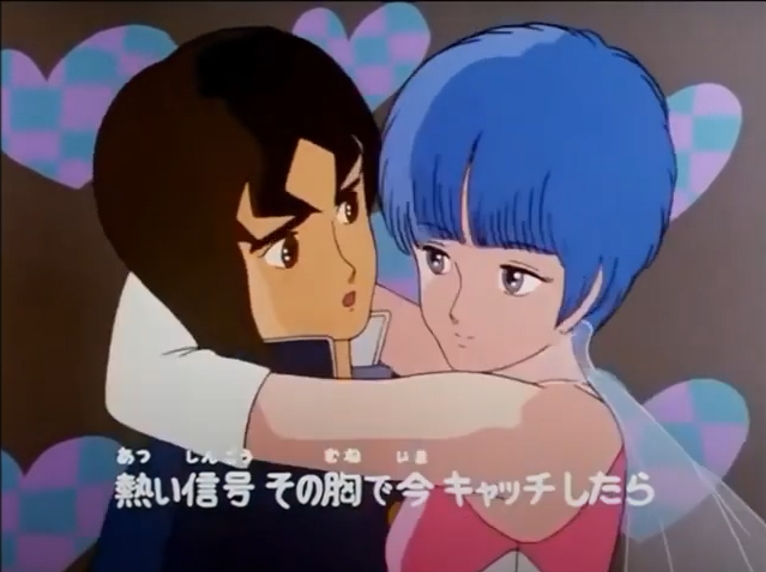


Production
The manga was adapted into an anime television series called Dream Soldier Wing-Man in 1984. It also had an adaptation of the 1984 visual novel adventure game of the same name, developed by TamTam and published by Enix for the NEC PC-8801. and other Japanese personal computers. It featured a point and click interface, where a cursor is used to interact with objects on the screen, [3] similar to Planet Mephius (1983) and the NES version of Portopia Renzoku Satsujin Jiken (1985).
The anime, featuring the character design of Yoshinori Kanemori and intended by Toei Animation to be a strong shōnen title after the Ai Shite Knight aimed at women, marked the first anime adaptation of one of Katsura's works (Katsura himself would later appear as Wingman in a live-action adaptation of Video Girl Ai) and the debut role of Ryo Horikawa as Kenta. The ending of the anime is different from that of the manga; the manga's ending was never animated but was dramatized with the anime's voice actors on a dramatic LP. Following the end of the Wing-Man anime, it would be three months before Toei's next anime television series, Compora Kid, premiered, marking the first time since Toei's TV series debut, 1963's Wolf Boy Ken. , which the firm had not had. an animated TV series broadcast on TV Asahi (ex NET).
Both the anime and the manga were released in France; the anime, slightly edited and censored to tone down some of the story's more erotic elements, aired on TF1 in 1989, and the manga's first six volumes hit the French market in the late 90s.
Technical data



Manga
Author Masakazu Katsura
Editor Shueisha
Magazine Weekly shōnen jump
Target shonen
1 edition January 4, 1983 - August 27, 1985
Tankōbon 13 (complete)
Italian publisher Star comics
Series 1st ed. it. Dragon
1st edition it. May 1, 2002 - May 3, 2003
Volumes it. 13 (complete)
Anime TV series
Regia Tomoharu Katsumata
Subject Akiyoshi Sakai, Shigeru Yanagigawa, Sukehiro Tomita
Char. design Yoshinori Kanemori
Music Keiichi Oku
Studio Toei Animation
Network Asahi TV
1st TV 7 February 1984 - 26 February 1985
Episodes 47 (complete)
Relationship 4:3
Episode duration 24 min
Italian publisher World Home Entertainment (DVD)
Italian network Local broadcasters, Super 3, Telepuglia 9, Telenapoli 34
1st Italian TV 5 January 2006
Italian episodes 47 (complete)
Italian episode length 24 min

